 1968 Audi NSU RO 80 Dimensions, Size & Specs
1968 Audi NSU RO 80 Dimensions, Size & SpecsMeasurements of the 1968 Audi NSU RO 80, engineered for optimal performance and comfort
| Dimensions | |
|---|---|
| Length: | 4780 mm188.2 in15.7 ft |
| Width: | 1760 mm69.3 in5.8 ft |
| Height: | 1410 mm55.5 in4.6 ft |
| Weight Specifications | |
| Curb Weight: | 1210 kg2668 lbs |
The Audi NSU RO 80 is a distinctive sedan that was produced between 1967 and 1977, marking an innovative era in automotive design. Introduced as a model year 1968 vehicle, it features advanced engineering characteristics distinctive for its time. The NSU RO 80 stretches to a length of 4780 mm (188.2 inches), providing a substantial presence on the road without sacrificing aerodynamic efficiency. With a width of 1760 mm (69.3 inches) and a height of 1410 mm (55.5 inches), the car maintains a balanced and sleek profile ideal for both aesthetics and functionality. Weighing in at 1210 kg (2669 lbs) curb weight, this sedan offered a relatively lightweight structure, aiding in performance and fuel efficiency. Notably renowned for its forward-thinking design, the NSU RO 80 incorporated a rotary engine and featured an advanced aerodynamic shape that helped reduce drag, evidencing Audi's commitment to innovation during the late 1960s and 1970s. This model remains a significant example of engineering ambition and design sophistication from the era, appealing to enthusiasts interested in classic sedans with unique technological backgrounds. Its size dimensions reflect a medium-large sedan class, offering ample interior space while retaining agility on the road. Overall, the NSU RO 80 stands as a testament to Audi's pioneering spirit, balancing size, weight, and design innovation in a influential classic car.
Discover the standout features that make the 1968 Audi NSU RO 80 a leader in its class
Have a question? Please check our knowledgebase first.
The 1968 Audi NSU RO 80 sedan has an overall length of 4780 mm (188.2 inches), a width of 1760 mm (69.3 inches), and a height of 1410 mm (55.5 inches). These dimensions place it comfortably within the mid-size sedan category of its era, offering a substantial presence on the road while maintaining sleek, aerodynamic lines characteristic of the late 1960s design philosophy.
With a width of 1760 mm (69.3 inches) and a height of 1410 mm (55.5 inches), the NSU RO 80 is narrow and low enough to be practical for urban environments and parking spaces. These dimensions allow for easier maneuvering in cramped city streets compared to larger sedans of its time, yet the car still offers ample cabin space and road presence.
The curb weight of the NSU RO 80 is 1210 kg (approximately 2668 lbs). This relatively moderate weight for a mid-size sedan benefits performance and fuel efficiency. The car's weight, combined with its aerodynamic design, contributes to smoother handling and better fuel economy, making it a technologically advanced vehicle for the late 1960s.
At 4780 mm (188.2 inches) long, the NSU RO 80 is on the larger side for a sedan of its time but generally fits well within a standard residential garage. Typical garage lengths range between 4800 mm to 6000 mm (16 to 20 feet), so the NSU RO 80 should fit comfortably in most standard garages without issue, while providing ample length for a sedan.
Despite its aerodynamic and streamlined exterior measuring 4780 mm (188.2 inches) in length and 1760 mm (69.3 inches) in width, the NSU RO 80´s interior was designed with a spacious and comfortable cabin in mind. The low height of 1410 mm (55.5 inches) did not compromise headroom due to clever packaging and layout innovations, providing a roomy environment for a sedan classified in its segment.
The 1968 NSU RO 80 was a groundbreaking model without a direct predecessor since it was a new design introduced by NSU before merging with Audi. However, compared with earlier, smaller NSU models like the NSU Prinz series, the RO 80 was significantly larger and more luxurious, emphasizing modern aerodynamic efficiency, innovative rotary engine technology, and improved space, which set a new standard for NSU's sedan offerings.
The NSU RO 80's dimensions and weight were competitive for its class in the late 1960s. Its 4780 mm (188.2 in) length and 1210 kg (2668 lbs) curb weight made it comparable to vehicles like the BMW 2000 sedan or Mercedes-Benz W114 series, which had similar lengths but often heavier weights. The RO 80’s aerodynamic body and lighter weight helped it stand out, offering a blend of fuel efficiency and performance uncommon in mid-size sedans of that era.
The NSU RO 80 featured a low-slung aerodynamic profile achieved with its 1410 mm (55.5 in) height and a relatively wide body at 1760 mm (69.3 in), which enhanced stability and reduced drag. The wedge-shaped design was revolutionary during its time, contributing significantly to fuel efficiency and reduced wind noise while maximizing cabin space within the compact outer dimensions. Its large glasshouse also improved visibility and the sense of spaciousness inside.
With its mid-size sedan dimensions of 4780 mm length and 1760 mm width combined with a well-thought interior layout, the NSU RO 80 was practical for family use and daily commuting. Its spacious four-door sedan configuration allowed good passenger room and reasonable trunk capacity. The balanced size made it versatile for both highway cruising and city driving while keeping fuel consumption efficient relative to other sedans of similar size in the late '60s.
The dimensions of the NSU RO 80, particularly its length of 4780 mm (188.2 inches) and weight of 1210 kg (2668 lbs), accommodated the compact yet distinctive Wankel rotary engine at its core. This allowed for a lower hood line and more aerodynamic body compared to conventional piston engines of the time, which tended to require larger engine bays. The design maximized interior space without sacrificing engine performance or car stability, representing a perfect marriage of innovative technology and size optimization.
Discover similar sized cars.

| Production: | 1998-2007 |
|---|---|
| Model Year: | 1999 |
| Length: | 4861 mm191.4 in |
| Width: | 1819 mm71.6 in |
| Height: | 1441 mm56.7 in |
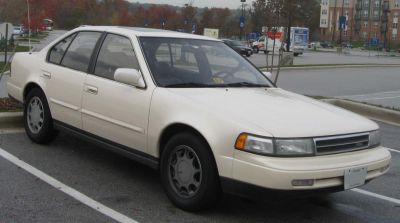
| Production: | 1988-1995 |
|---|---|
| Model Year: | 1989 |
| Length: | 4780 mm188.2 in |
| Width: | 1760 mm69.3 in |
| Height: | 1405 mm55.3 in |
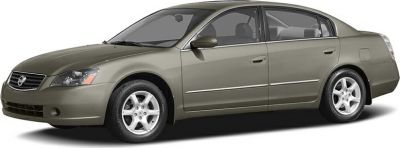
| Production: | 2002-2006 |
|---|---|
| Model Year: | 2002 |
| Length: | 4860 mm191.3 in |
| Width: | 1790 mm70.5 in |
| Height: | 1470 mm57.9 in |
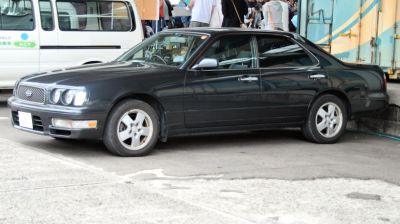
| Production: | 1995-1999 |
|---|---|
| Model Year: | 1995 |
| Length: | 4780-4860 mm188.2-191.3 in |
| Width: | 1720-1745 mm67.7-68.7 in |
| Height: | 1410-1425 mm55.5-56.1 in |
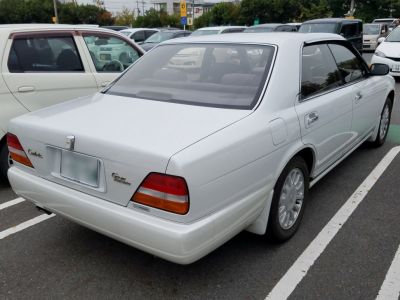
| Production: | 1993-1995 |
|---|---|
| Model Year: | 1994 |
| Length: | 4800 mm189.0 in |
| Width: | 1745 mm68.7 in |
| Height: | 1410 mm55.5 in |
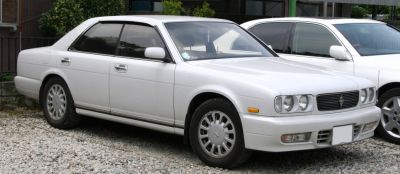
| Production: | 1991-1995 |
|---|---|
| Model Year: | 1992 |
| Length: | 4780 mm188.2 in |
| Width: | 1745 mm68.7 in |
| Height: | 1410 mm55.5 in |
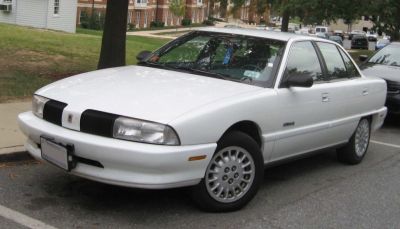
| Production: | 1991-1998 |
|---|---|
| Model Year: | 1992 |
| Length: | 4772 mm187.9 in |
| Width: | 1715 mm67.5 in |
| Height: | 1350-1357 mm53.1-53.4 in |
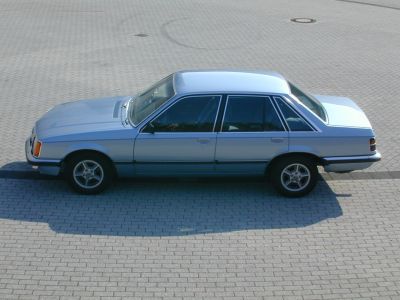
| Production: | 1978-1982 |
|---|---|
| Model Year: | 1978 |
| Length: | 4811 mm189.4 in |
| Width: | 1728 mm68.0 in |
| Height: | 1415 mm55.7 in |
